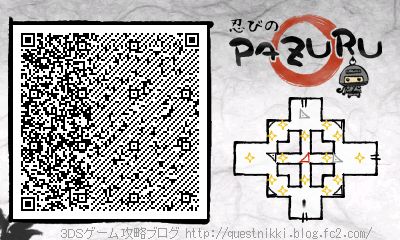
On a failed saving throw, the target is frightened for 1 minute. A creature who enters or begins their turn in the area must make a DC 22 Wisdom saving throw. An unholy aura surrounds Pazuzu out to a radius of 40 feet. Pazuzu has advantage on saving throws against spells and other magical effects. If Pazuzu fails a saving throw, it can choose to succeed instead.
AKURIRUENOGU PAZURU DRIVERS
In October 2017, the New Zealand Transport Agency approved a new road sign asking drivers to slow for kererū in some urban areas and in areas with roads passing through native bush corridors. The Hub has a range of resources around predator-free New Zealand including a practical student activity for monitoring pests – Making a tracking tunnel.
AKURIRUENOGU PAZURU WINDOWS
Dr Stephen Hartley, Director of the Centre for Biodiversity & Restoration Ecology, Victoria University of Wellingtonĭon’t forget to also lay pest traps to help protect the kererū, and if you are in an area with kererū around, consider putting decals on your windows to help prevent kererū flying into the glass.
AKURIRUENOGU PAZURU FULL
To help increase kererū numbers, plant kererū-friendly native plants in your garden such as rimu, ngaio, kōwhai, karaka, mataī, harakeke and rewarewa – a full list is on the Kererū Discovery website.įrom the data we already have, we know that some of the best ways people can help kererū in their community is by planting trees like kowhai which is the most common tree people have seen kererū feeding on. Kererū are not fussy eaters – they browse on over a hundred native and 50 exotic, shrubs and trees. When the chicks are a bit older this is combined with fruit pulp until it leaves the nest at about 40 days old. Kererū are unusual in that they are one of only a few birds that produce crop milk to feed their chicks, it is a protein-rich milky secretion from the walls of the parents’ crops. Eggs are usually laid between September and April with both parents sharing incubation.

In a good breeding season when there is lots of fruit available, they could raise three chicks, but in years where there is little to no fruit available, no eggs are laid. In good conditions, they can live up to 21 years, but they are slow breeders with only one egg laid per clutch.

Kererū are monogamous and are often seen in pairs. Occasionally, kererū gorge so heavily on ripe fruit that they become very full or drunk – as the fruit ferments inside them in the hot sun, they have been known to fall out of trees. When fruit and flowers are not available, kererū will eat the leaves of trees such as kōwhai, tree lucerne, broom, willow, elm and poplar. Our native species have evolved so that they can safely eat plants that others would find poisonous, for example, native bees are not harmed when they collect honeydew from tutu. Dog owners have been warned to keep a close eye on their dogs to ensure they do not eat the berries, as this can be fatal. Though the orange karaka berries are a major food source for kererū, the fresh kernels contain the alkaloid karakin, which is highly toxic to other animals.


 0 kommentar(er)
0 kommentar(er)
